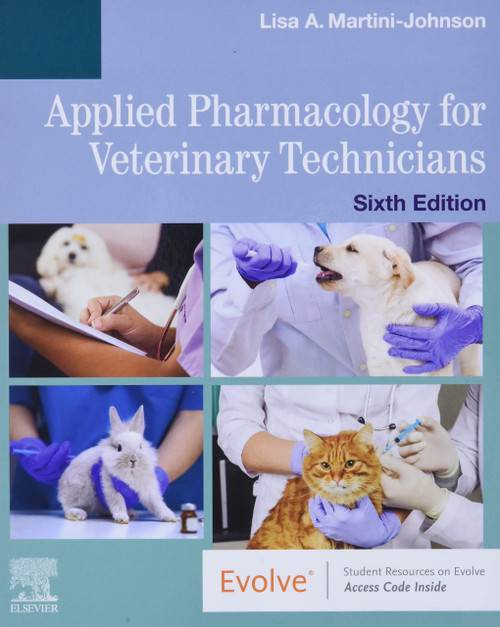Now in full color and spiral bound, the 3rd edition of this outstanding resource features clear and concise discussions of the most commonly encountered internal and external parasites. It offers step-by step guidelines for gathering samples and performing lab procedures. Comprehensive terminology coverage familiarizes readers with the language of parasitology for effective communication with clients and other members of the veterinary team. Chapters are organized by parasite group protozoans, trematodes, cestodes, nematodes, acanthocephalans, arthropods, leeches, and pentastomes and include a detailed description of the group, with special emphasis on morphology, life cycle, and uniquely important parasites of the group. Species covered in this text include dogs and cats, ruminants, horses, swine, birds, rabbits, laboratory animals, and fish. Also features a chapter on zoonoses that discusses public health concerns related to various kinds of parasites.
- Presents clear, organized, and concise coverage of the most commonly encountered internal and external parasites.
- Includes a basic chapter on terminology so readers can become familiar with the language of parasitology and communicate effectively with clients.
- The multispecies approach addresses how parasites can be specifically diagnosed in individual species.
- Emphasizes the zoonotic potential of parasites.
- Includes comprehensive information on the different laboratory techniques used to identify parasites.
- Reorganized content more closely follows a typical veterinary technology class curriculum by putting the laboratory procedures chapter first, then describing the classes of parasites in order of importance to veterinary practice, beginning with the nematodes.
- Features full-color images of the parasites.
- Includes 15 new color illustrations of the life cycle of parasites.
- A new chapter covers common parasite ova and forms seen in veterinary medicine.
- Offers expanded heartworm coverage, including an extensive discussion of the performance and interpretation of heartworm diagnostic tests.
- Features more information on avian and exotic species, as well as laboratory animals.
- Provides expanded coverage of clinical signs, treatment, and chemoprophylaxis.











